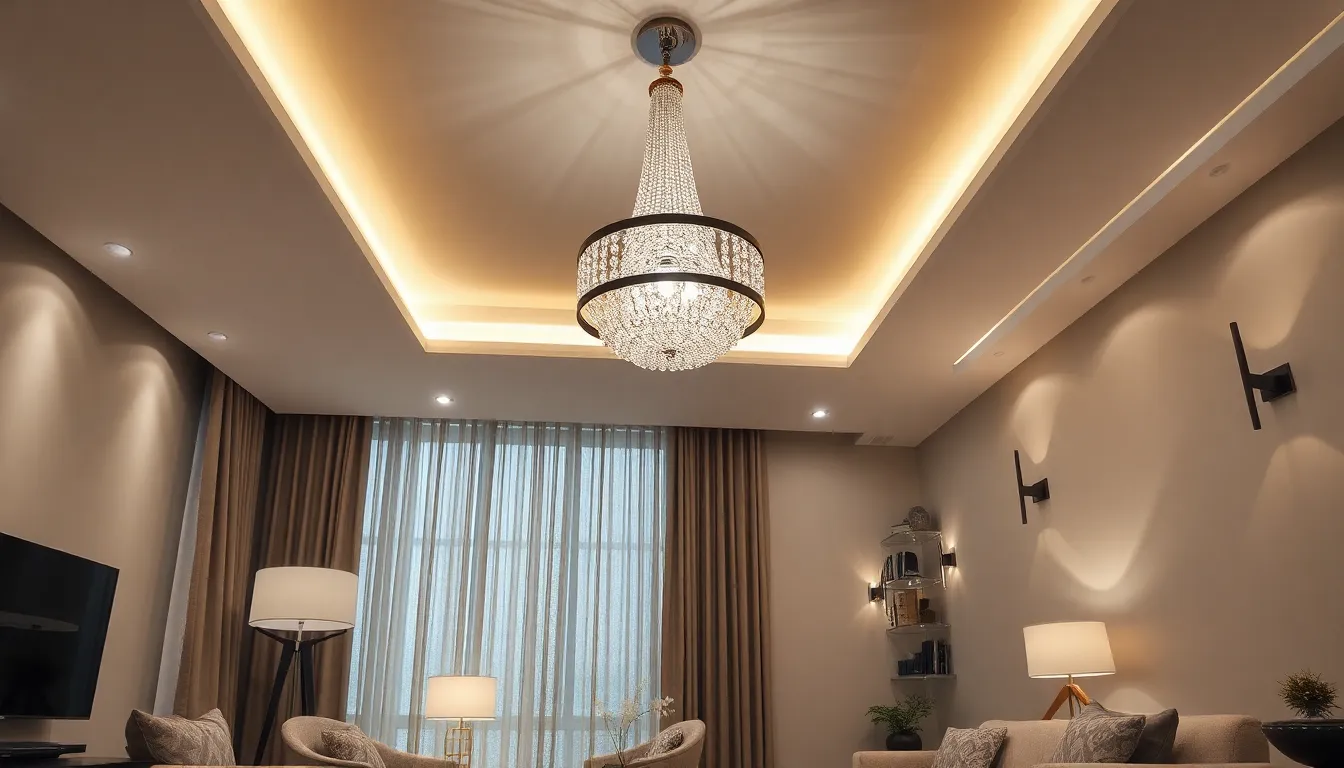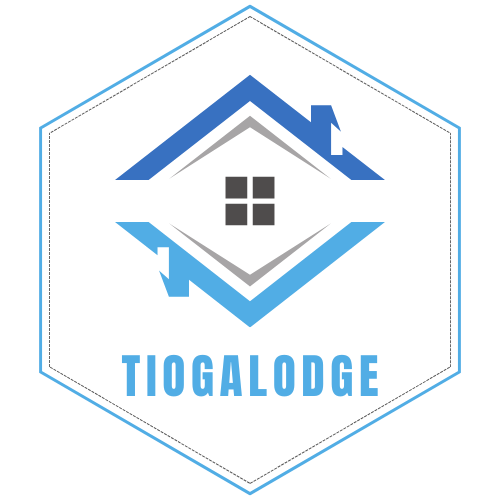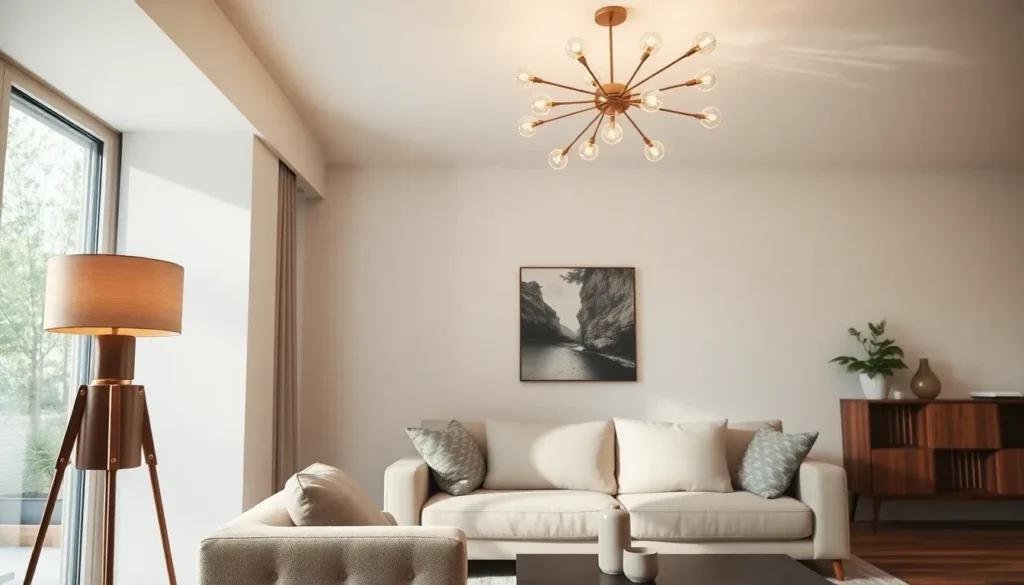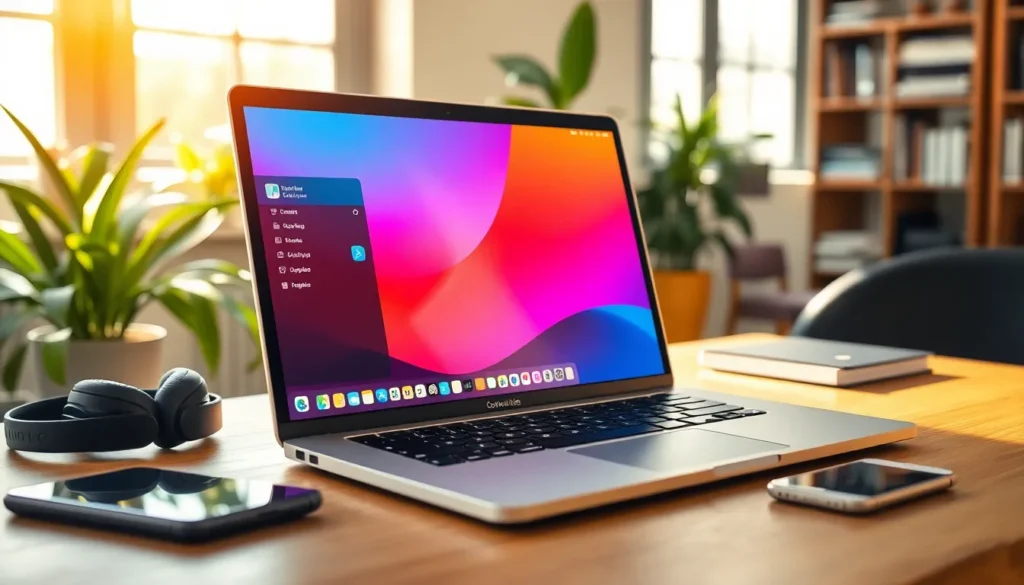Table of Contents
ToggleLighting fixtures play a crucial role in transforming spaces, enhancing both functionality and aesthetics. From sleek modern designs to classic chandeliers, the right fixture can elevate a room’s ambiance and highlight its best features. With myriad options available, choosing the perfect lighting can feel overwhelming.
Understanding the different types of lighting fixtures and their purposes is essential for any home or business owner. Whether it’s for brightening up a workspace or creating a cozy atmosphere in a living room, the right lighting can make all the difference. This article delves into the various styles, materials, and technologies that define today’s lighting fixtures, helping readers illuminate their spaces with confidence.
Overview of Lighting Fixtures
Lighting fixtures serve essential roles in both functionality and aesthetic appeal within architectural spaces. This section outlines various types of fixtures available in the market, covering their purposes, styles, and technological advancements.
Types of Lighting Fixtures
- Ceiling-mounted fixtures: Attach directly to ceilings for general illumination. Examples include flush mounts and chandeliers, suitable for various ceiling heights.
- Wall-mounted fixtures: Installed on walls to provide targeted light. Sconces and wall lamps exemplify options that enhance artistic elements in a room.
- Floor lamps: Provide flexible lighting options on the floor. Torchiere styles direct light upward, creating a warm atmosphere.
- Table lamps: Offer localized lighting on surfaces. Task and accent lamps illuminate specific areas like desks or side tables.
- Recessed lighting: Embedded into ceilings for a sleek look. These fixtures create subtle lighting that blends seamlessly with modern designs.
Styles of Lighting Fixtures
- Modern: Characterized by clean lines and minimalistic designs. Popular choices include pendant lights with geometric shapes.
- Industrial: Features raw materials and a rugged look. Fixtures often incorporate metal and exposed bulbs, adding character to spaces.
- Traditional: Emphasizes classic designs with ornate details. Chandeliers and vintage sconces exemplify this timeless style.
- Contemporary: Merges modern functionality with artistic elements. These fixtures may feature innovative shapes and materials, appealing to diverse tastes.
Materials Used in Lighting Fixtures
- Metal: Commonly used for durability and style. Finishes like brushed nickel, brass, and bronze cater to various design preferences.
- Glass: Adds elegance and versatility. Translucent or colored glass can enhance light diffusion and create visual interest.
- Wood: Provides a natural touch to fixtures. Warm wooden accents work well in rustic or eco-friendly designs.
- Plastic: Often used for affordability and variety. Lightweight options come in numerous colors, suitable for playful or casual spaces.
Technological Advancements
- LED technology: Provides energy efficiency and longer lifespan compared to traditional bulbs. LEDs produce less heat and are available in various colors and brightness levels.
- Smart lighting: Integrates with home automation systems. Users can control lighting remotely, adjust brightness, and set schedules for convenience.
- Dimmable fixtures: Allow users to adjust brightness according to mood or activity. These fixtures enhance versatility in different environments.
Understanding the various aspects of lighting fixtures helps in choosing the right options to enhance any space effectively.
Types of Lighting Fixtures

Understanding the types of lighting fixtures is crucial for achieving the desired ambiance and functionality in any space. The following categories outline the most common lighting fixture types, each fulfilling specific illumination roles.
General Lighting Fixtures
General lighting fixtures provide overall illumination for a room. They include:
- Ceiling-mounted fixtures: Common in homes and offices, these fixtures distribute light evenly throughout the space. Examples include flush mounts and chandeliers.
- Recessed lighting: Installed into ceilings, these fixtures offer a sleek look while providing focused light. Ideal for modern designs and low ceilings.
- Pendant lights: HUNG from the ceiling, these fixtures are perfect for dining areas or kitchen islands, adding style while offering targeted light.
Task Lighting Fixtures
Task lighting fixtures focus on specific areas to enhance visibility for activities. They include:
- Desk lamps: Essential for workspaces, these lamps provide concentrated light for reading or writing. Adjustable arms offer flexibility in positioning.
- Under-cabinet lighting: Installed under kitchen cabinets, these fixtures illuminate countertops, making food preparation safer and easier.
- Vanity lights: Common in bathrooms, these fixtures provide proper lighting for grooming tasks, often installed above or beside mirrors.
Accent Lighting Fixtures
- Wall sconces: Mounted on walls, these fixtures offer a decorative touch while illuminating artwork or architectural features.
- Track lighting: Adjustable light fixtures on a track highlight specific areas or objects, making them versatile for galleries or retail spaces.
- Picture lights: Designed to illuminate artwork, these fixtures can be integrated into frames or mounted above to bring focus to the displayed pieces.
Features to Consider
When selecting lighting fixtures, various features significantly impact functionality and aesthetics. Key aspects include energy efficiency and design elements that enhance overall decor.
Energy Efficiency
Energy efficiency matters when choosing lighting fixtures. Energy-efficient options, such as LED and CFL bulbs, reduce electricity consumption and lower utility bills. Fixtures with high Energy Star ratings provide reliable performance while minimizing environmental impacts. Dimming capabilities also contribute to energy savings, allowing users to adjust light intensity based on need. Opting for fixtures with smart technology further enhances efficiency by enabling scheduling and remote control.
Design and Aesthetics
Design and aesthetics play a crucial role in selecting lighting fixtures. Many styles cater to different interior themes, such as modern, industrial, traditional, and contemporary. Choosing the right material also affects the fixture’s appearance, as metal, glass, wood, and plastic offer distinct visual appeals. Color finishes can either complement or contrast existing decor, enhancing a room’s character. The scale of the fixture should match the space’s proportions, as oversized fixtures can dominate small rooms while undersized fixtures may go unnoticed in larger areas.
Popular Brands and Models
Numerous brands excel in manufacturing lighting fixtures, each offering unique designs and features. This section explores two prominent brands in the lighting industry.
Brand A
Brand A, known for its innovative designs, provides a wide range of lighting fixtures, including modern and traditional styles. Notable models include:
- Model 1: This pendant light features an adjustable chain, allowing customization in height. It utilizes energy-efficient LED technology to reduce electricity use.
- Model 2: This wall sconce boasts a sleek finish, perfect for enhancing contemporary interiors. It’s dimmable, offering versatility in ambiance.
Brand A prioritizes quality materials, ensuring durability and longevity in each product.
Brand B
Brand B specializes in elegant designs with a focus on sustainability. Their product lineup includes various fixtures suitable for both residential and commercial use. Key models include:
- Model 1: This floor lamp incorporates a unique design, perfect for task lighting. It utilizes eco-friendly bulbs to minimize environmental impact.
- Model 2: This chandelier combines classic aesthetics with modern LED technology, delivering both beauty and efficiency.
Brand B emphasizes craftsmanship, making each fixture a statement piece that harmonizes functionality and style.
Maintenance and Care
Maintaining and caring for lighting fixtures ensures longevity, optimal performance, and safety. Regular attention prevents potential issues, preserving both functionality and aesthetics.
- Cleaning: Cleaning fixtures enhances brightness and prevents dust buildup. Use a soft, damp cloth for most surfaces, while glass materials may require a glass cleaner for streak-free shine. Regularly check for cobwebs or dust on shades and fixtures.
- Bulb Replacement: Replacing bulbs promptly maintains light levels and efficiency. For LED fixtures, bulbs typically last 15,000 to 50,000 hours, while incandescent bulbs require replacement every 1,000 hours. Always turn off the power before changing bulbs to ensure safety.
- Wire Inspection: Inspecting wiring and connections is crucial for safe operation. Look for signs of wear or damage. Any exposed wires or loose connections should prompt immediate professional assistance to avoid electrical hazards.
- Fixture Position Adjustment: Adjusting fixture positions may enhance functionality. Ensure that ceiling lights illuminate key areas and that lamps are aimed correctly for task lighting.
- Environmental Considerations: Consider environmental factors affecting fixture longevity. For outdoor fixtures, use materials resistant to moisture and corrosion. Indoor fixtures should be placed away from sources of excessive moisture, such as bathrooms or kitchens, to prevent damage.
Following these maintenance steps helps preserve the quality and appearance of lighting fixtures, ensuring they continue to enhance spaces effectively.
Choosing the right lighting fixtures is essential for creating inviting and functional spaces. With a variety of styles and technologies available, individuals can select fixtures that not only enhance the aesthetics of their homes but also improve energy efficiency. Understanding the different types of lighting—general, task, and accent—allows for a more tailored approach to illumination.
Attention to maintenance and care ensures that these fixtures remain both beautiful and functional over time. By considering quality and design alongside energy-efficient options, anyone can achieve a well-lit environment that reflects their personal style. Investing in the right lighting can transform any space into a warm and welcoming haven.




